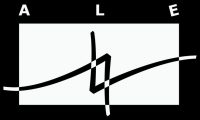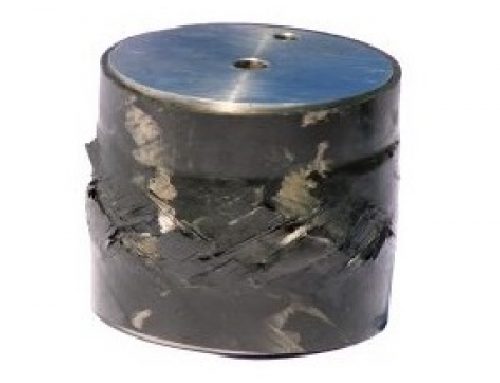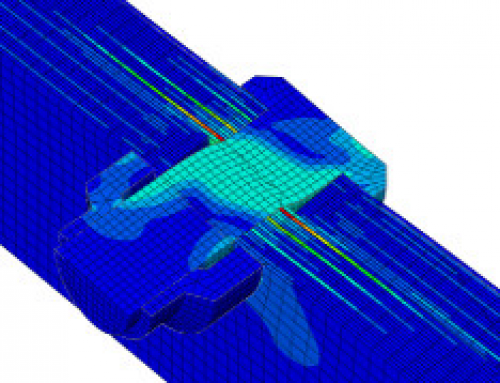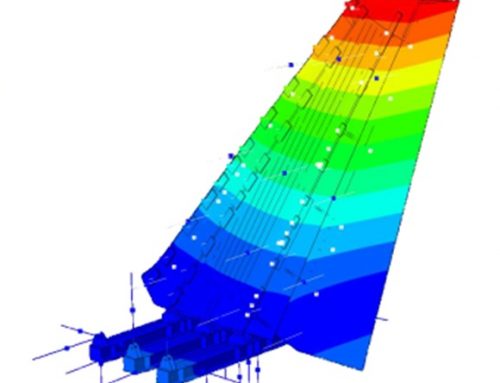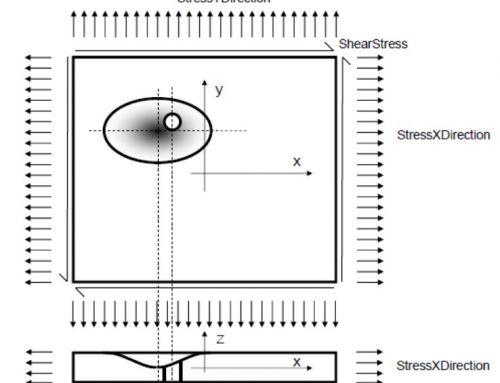“Performance Improvement of Load Transfer in Composite Space Structures” (PILOTSS) is a collaboration between Airborne Composites B.V., Dutch Space, NLR and ALE, to address and improve upon the performance of local load transfer points from both a design and manufacturing point of view. Load transfer points typically exist in more complicated structures, like stiffened shell structures, such as the composite engine thrust frame in the Ariane launcher.
A series of coupon tests was performed by NLR to determine the resistance of the composite material to delamination. Calculations of the so-called fracture toughness of the material were performed at ALE and finite element simulations with cohesive elements were done to verify the values with the experimental data. Using the verified material properties, models were created of a simple type of load transfer: the T-joint. The models were compared to experimentally obtained load-displacement data.
To improve upon the performance of the joint, Z-pinning was selected as the most feasible solution. Z-pins run straight through the individual plies, thereby increasing the joint’s resistance to delamination. ALE created finite element models of the T-joint with Z-pins using mesh independent fasteners. This simple technique makes it possible to simulate a large set of pins, hardly compromising the total computation time. Finally, an indication is formulated for the initiation of delamination without using cohesive elements, to reduce computation time. This is a basis for analysing more complex models such as the engine thrust frame in a shorter time.

